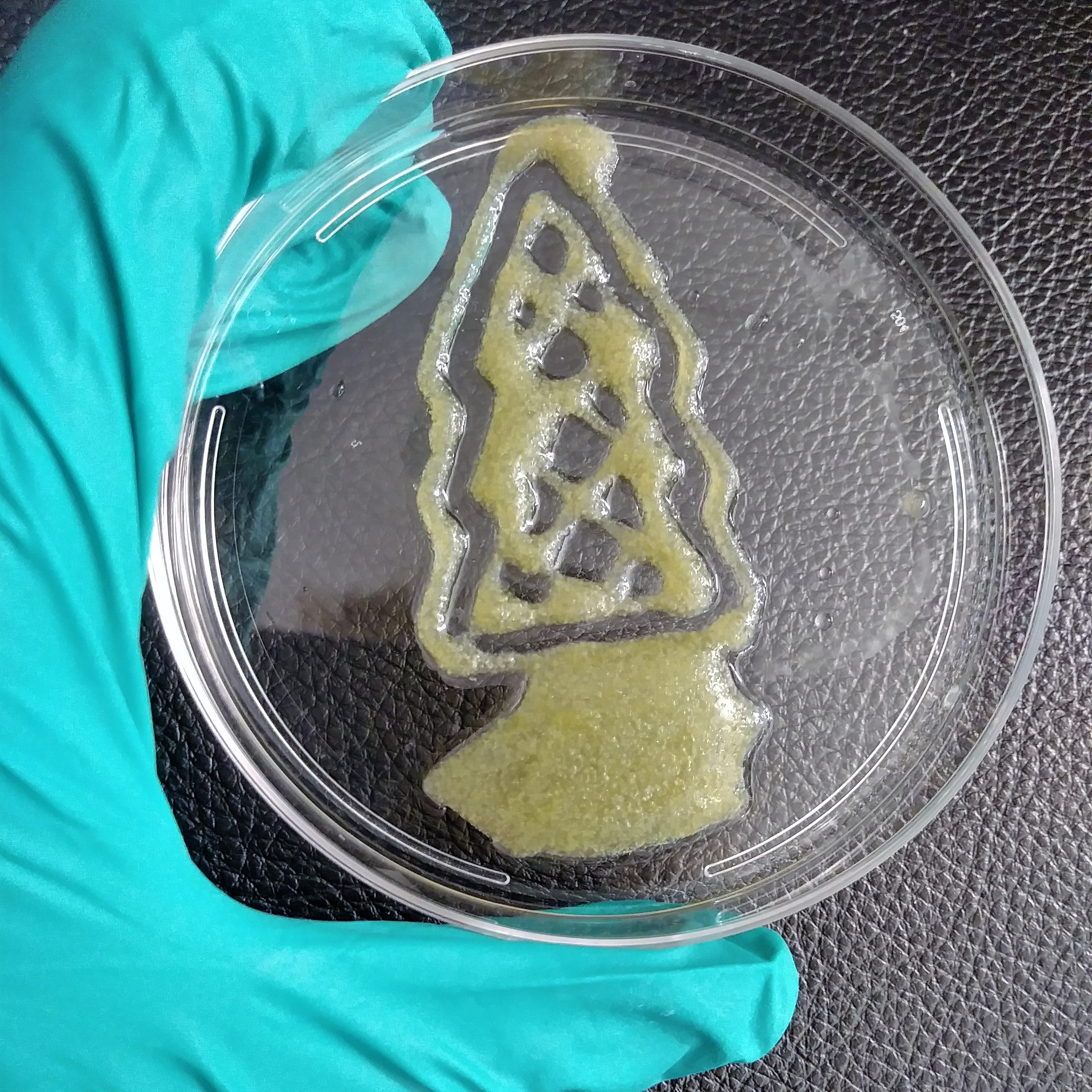Like meat production, logging and agriculture can exact a heavy environmental toll. Now an MIT team has proposed a way to circumvent that by growing certain plant tissues in the lab—an idea somewhat akin to cultured meat.
The researchers, in Luis Fernando Velásquez-García’s group at the Microsystems Technology Laboratories, grew wood-like plant tissue indoors, without soil or sunlight. They started with a zinnia, extracting live cells from its leaves and culturing them in a liquid growth medium so they would metabolize and proliferate.

Next, they transferred the cells into a gel and “tuned” them, explains Velásquez-García: “Plant cells are similar to stem cells in the sense that they can become anything if they are induced to.” By varying the levels of two hormones in the gel, the researchers controlled the cells’ production of lignin, a polymer that lends wood its firmness. The gel itself acted as a scaffold to encourage the cells to grow in a particular shape.
While the technology is far from market ready, the work points to a possible method for producing biomaterials with a much smaller environmental footprint.
“The way we get these materials hasn’t changed in centuries and is very inefficient,” says Velásquez-García. “This is a real chance to bypass all that inefficiency.”
In other words: “If you want a table, then you should just grow a table.”
"wood" - Google News
April 28, 2021 at 10:15AM
https://ift.tt/3xvxyej
Wood without trees - MIT Technology Review
"wood" - Google News
https://ift.tt/3du6D7I

No comments:
Post a Comment